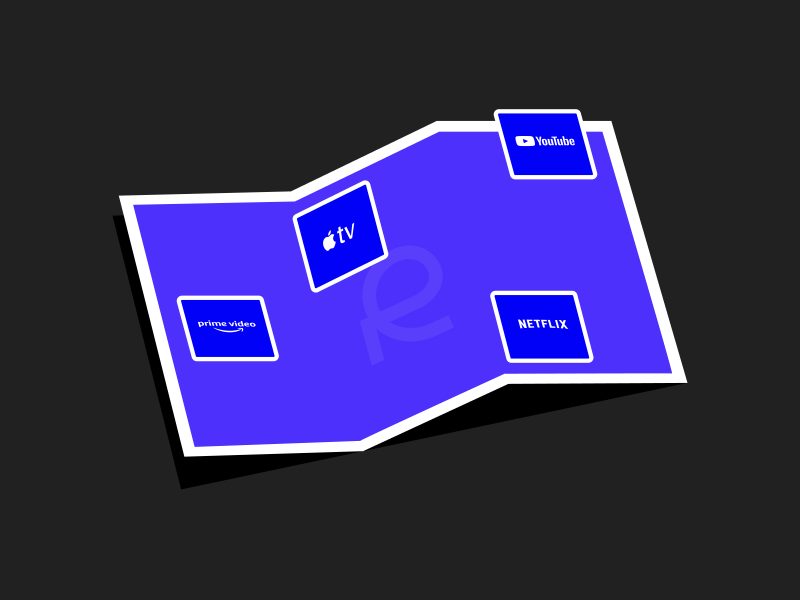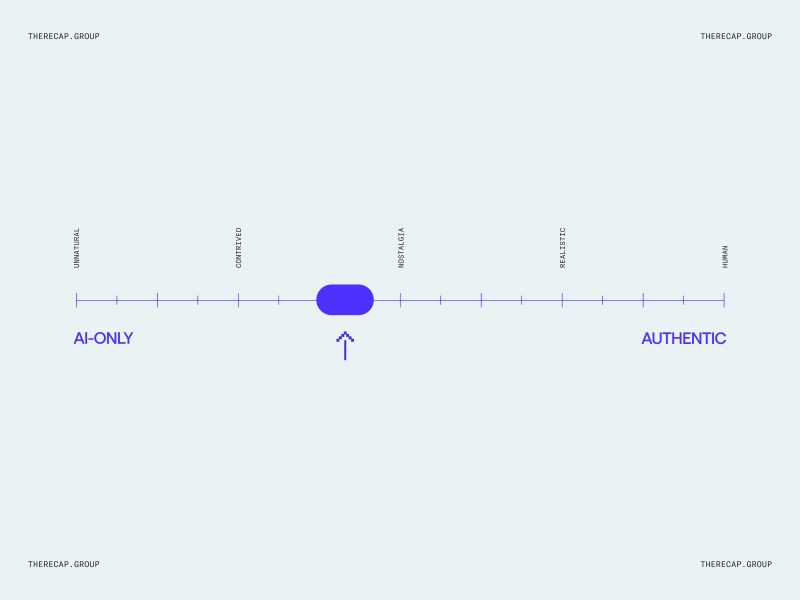Growth projections of SVOD, AVOD, and FAST – what media owners need to know

The Streaming Video On Demand (SVOD) market has reached market saturation and consumers are increasingly opting for cheaper ad-supported options.
10.17.2024
Increased competition among SVOD platforms, more ad slot availability coming to Advertising-based Video on Demand (AVOD) & Free-Ad Supported TV (FAST), and the lower average revenues-per-viewer found on AVOD & FAST models are all reasons media owners should prepare for a volatility in revenue on IP.
Impact of SVOD reaching market saturation
The growth of SVOD platforms has slowed considerably and is now projected to reach 1.6bn users in 2027, up from 1.4bn in 2024 [1]. As user growth slows, SVOD platforms will need to implement alternative strategies to grow their profitability per user. It is not a long shot to think that one of those strategies involves decreasing their cost of media, which could lead to the nickel and diming of the revenue share agreements or purchase revenue being paid to IP owners. Netflix has already shown their willingness to do this when they cut 100 shows back in January of this year [2].
On the contrary, the increased competition being felt by SVOD companies could lead to a larger emphasis being placed on delivering a diverse, high-quality library. Consumers are more likely now than ever to jump ship and join another service, so if SVODs are not consistently offering top tier content, their churn rate will no doubt increase. Whether or not this leads to larger payouts going to IP owners is still in question. The result will ultimately come down to whether these platforms believe they can build a better library with original content or with licensed/purchased content.
The move toward, and problem with, Ad-supported models
If we forget AVOD and FAST for a moment and look only at SVOD, we still see an increasingly strong preference being put on ad-supported options. In Q4 2023 and Q1 2024, most new SVOD subscribers opted for cheaper, ad-supported tiers [3]. When we also account for the growth of AVOD and FAST, it is clear that the ad-supported model will continue to take a larger share of viewership. This could prove to have negative consequences for IP owners.
The ad-supported model has already shown significantly lower revenues-per-user than the subscription model. Further, as more people move toward ad-supported viewing, the supply of ad slots will increase, causing ads to be cheaper and thus, ad-revenue per viewer to decrease. This was seen when Amazon made all viewers ad-supported (unless they paid $3 per month) starting in January 2024. This flooded the market with people accessible to ads, which led to Netflix, Hulu, and Disney+ all seeing lower ad-revenue per viewer. Larger ad revenue per viewer is of course good for IP owners. Larger margins for SVOD, AVOD, and FAST mean a larger chunk of revenue that IP owners can go after when licensing or selling their content.
There is a caveat to this, however. Since launching their ad-supported tier, it has been estimated that Netflix has managed to show a larger revenue-per-user for the ad-supported tier compared to the non-ad-supported tier [4]. Disney+ is estimated to be breaking even between their two tiers, all others are expected to be losing money on their ad-supported tiers [3]. If SVODs can figure out how to price in the ad-supported model, it could prove lucrative for both them and IP owners.
There is no shortage of volatility in consumer viewing preferences and as the market for ad-supported viewing grows, it will certainly impact IP owners. Amid this uncertainty, it is crucial to diversify where and who your content is being licensed to.
SOURCES:



